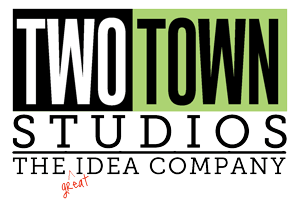Stick with the WOW!
There is some fascinating work out recently in the October Journal of Consumer Research by psychologists Kimberlee Weaver, Stephen Garcia, and Norbert Schwarz in which they illustrate something they call the “Presenter’s Paradox”. What they’ve discovered, through a series of documented studies, is that the final perception formed by someone on the receiving end of a presentation tends to be an AVERAGE of the information rather than an additive approach to the individual components (which would lead to a higher valuation).
What does that mean? Well, basically it’s clinical proof of the old adage “less is more”. In many ways it seems irrational, but also head-slappingly obvious. Rankings of value go down when products are “bundled” to look more costly, or gift with purchase is offered, or a job candidate continues to rattle off excessive qualifications. It seems that offering more would be perceived as valuable, but because the receiver is unconsciously averaging the high value item (say an iPod) with the low value item (like a free song) they reach a final impression of lower total value.
Ronnie has always known this intuitively, and we’ve had a few…discussions…over the years about what and how much we are showing to a client. She has NO qualms about culling the old or weak designs from a portfolio and shelving any piece, even new work, that doesn’t measure up. One might assume that if a client is looking for a snowman, then the more snowmen you show them the better chance you have. Not so. What happens is people tend to automatically average out what they are shown in the pitch or presentation, so if you show them three great pieces, the “great” impression remains. If you show them three great pieces, 4 OK pieces and maybe a couple not so good pieces – they are left with the perception that everything was just OK, and you have significantly lessened the impact of your best work.
So what can you do? First, consider the showing of your portfolio to be a singular event, not a collection of individual pieces. If you are including items that are not your best work , realize that they are dragging the client’s perception of your best work down to a lower level. Say you assign a 1 to 10 ranking to every piece in your portfolio – when you add them up would the average land above 7? Maybe above 8? If not, dump the crap. This goes for any submissions you may make as well. Average is over, mediocre is done and typical is out. Learn to be ruthless – if you are tentative about a piece, pull it.
Shoot for 10.
